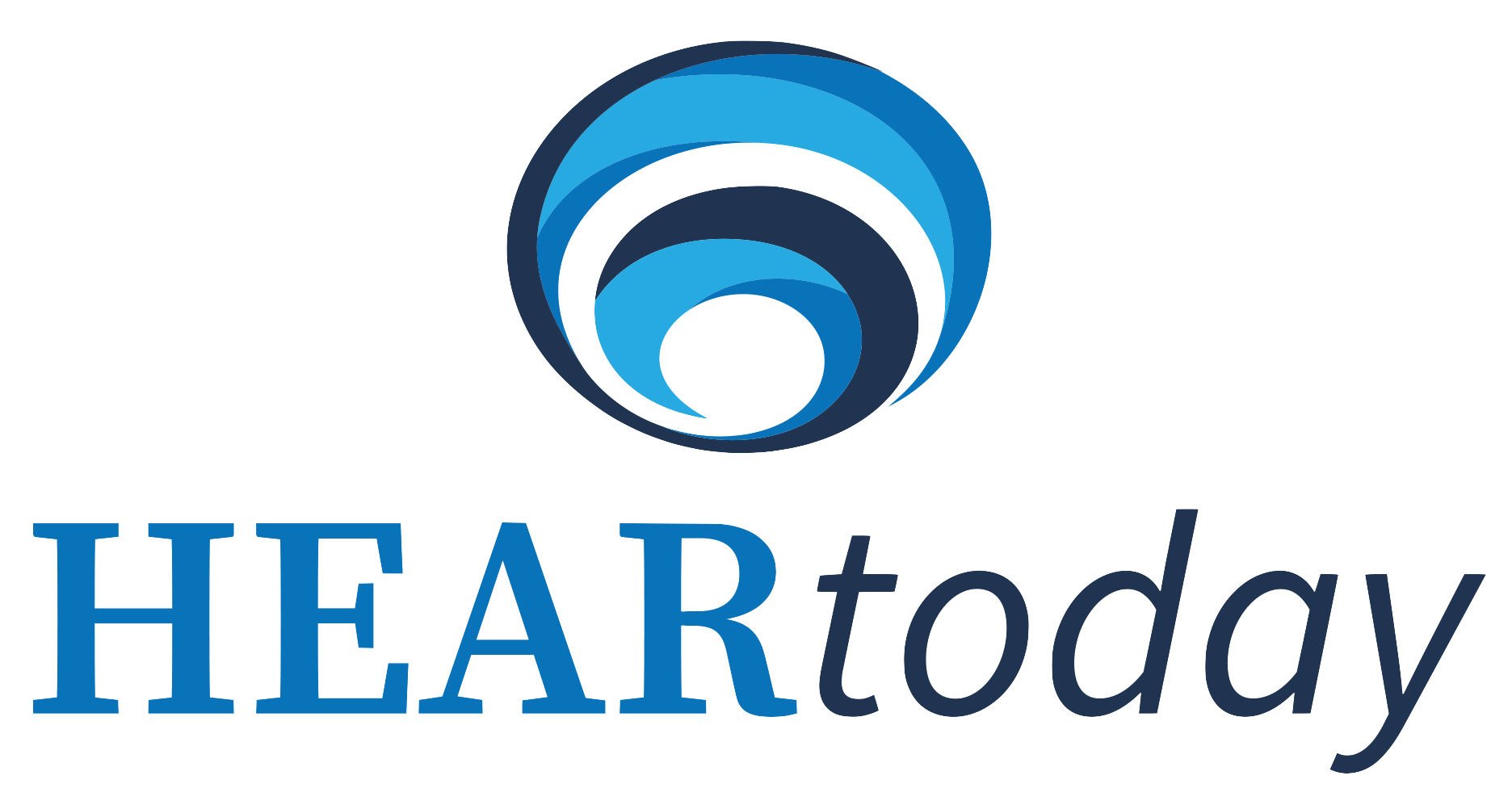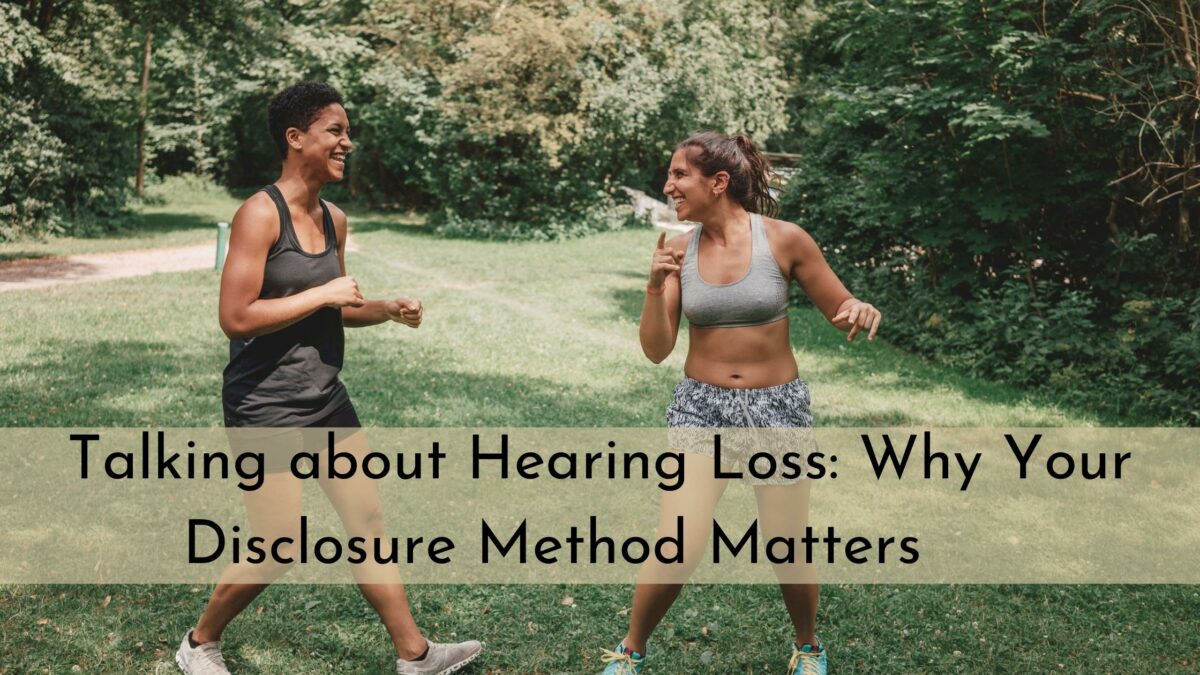Are you one of the 48 million people in the US affected by hearing loss? Even if you are in active treatment of your disability, it can still be frustrating at times to communicate and follow conversation. While hearing aids can make it exponentially easier to connect and communicate it can’t cure hearing loss. However, there are certain ways of communication that the person on the other side of a conversation employs, to make it easier for you to hear and participate in what is being said. Hearing loss is different for almost every individual, so it is up to you to identify what helps you hear the best in conversation and let people know exactly how they can help you to hear them better.
Often people’s hearing loss is more severe in one ear or the other, meaning that speaking into the “good ear” can make it easier for you to hear. Other instances of communication styles that can aid you in hearing others include, making sure their face is well lit, so you can read lips and facial expression and asking them to speak even and clearly, taking pauses at the ends of sentences to give you more time to process the content of what is being said. Hearing loss is an invisible disability, which means it is up to you to disclose your hearing loss to others. Communication experts have identified that there are at least three ways people disclose their hearing loss to help them hear better in their daily life, among friends, family, and co-workers. Exploring each one can help us understand the most effective method to disclose a hearing loss.
Non-Disclosure
This method is not a disclosure method at all. Non-disclosure occurs when the person with an invisible disability chooses to stay private about it. The problem with non-disclosure is that it keeps you from connecting to the people in your life. Instead of moving past miscommunication caused by hearing issues, people who practice non-disclosure will find themselves asking people to repeat themselves or misunderstanding and pretending to understand. Over years this can add up to rifts between friends and family and even affect success in the workplace. Letting people know you have a hearing loss is the first step towards further success in communication, even with a hearing disability.
Basic Disclosure
This type of disclosure informs people you have a hearing loss but does not provide further strategies to help the person accommodate your hearing loss. While this is better than non-disclosure, it leaves the person on the other side of the conversation confused on what methods work best for you when communicating. They may end up shouting, thinking that helps, even when it distorts sounds and makes you feel yelled at. Often when people use basic disclosure methods, others may avoid conversations all together, due to the confusion of exactly how to communicate.
Multipurpose Disclosure
This is the most effective way to disclose a hearing loss because it offers people a concrete way to communicate with you. This ensures that both people in a conversation can feel heard and understood. Multipurpose disclosure offers people examples of what works for you to communicate your best for now and into the future of your relationship. Common examples of multipurpose disclosure include asking someone to stand closer when you speak, speak slower, or maintain eye contact. Everyone’s accommodations can be different, so learn what works for you and don’t be reluctant to let people know.
Seeking Treatment
While multipurpose disclosure is recommended as the best method to hear and be heard when you have a hearing disability, it is essential that you treat your hearing as well. The NIDCD reports that “Among adults aged 70 and older with hearing loss who could benefit from hearing aids, fewer than one in three (30 percent) has ever used them. Even fewer adults aged 20 to 69 (approximately 16 percent) who could benefit from wearing hearing aids have ever used them.” Accommodations are important but can only go so far helping you hear. Hearing aids amplify the sounds you struggle with, so you can hear clearer and connect to the people and the activities you love to do. The first step in the journey towards treatment is to schedule a hearing test today!

